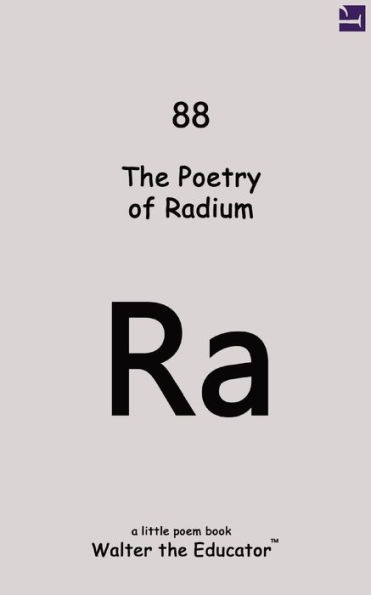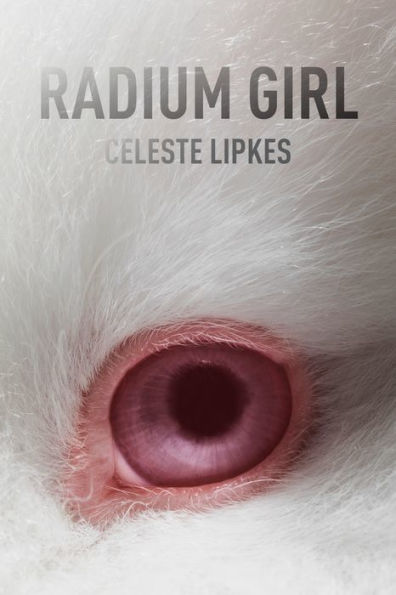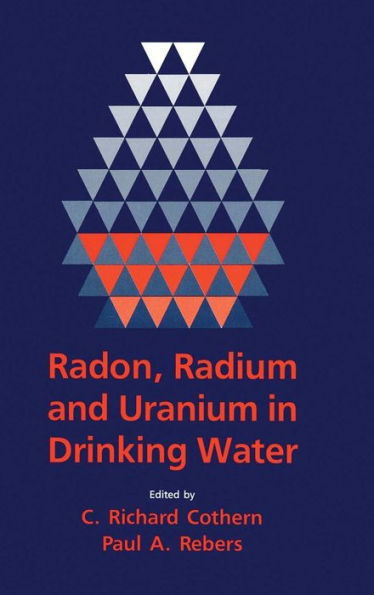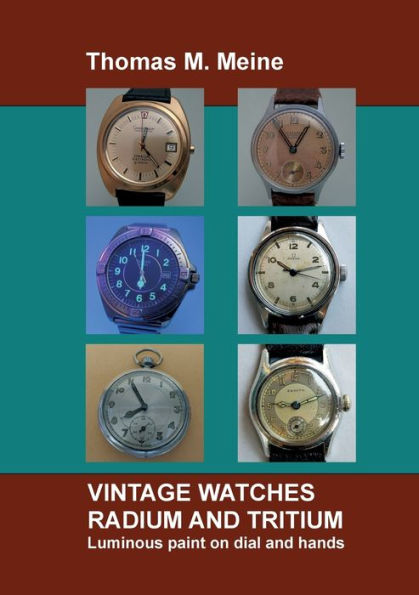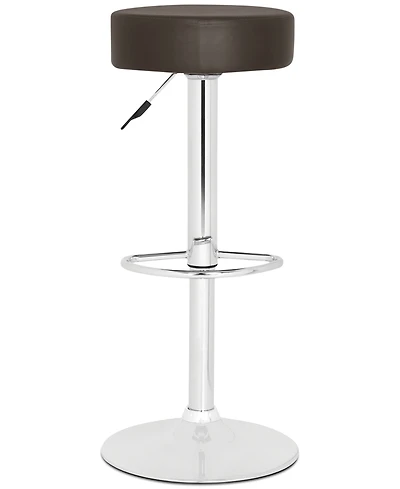Home
Radium in the Hydrosphere of Brazilian Alkaline Areas
Barnes and Noble
Loading Inventory...
Radium in the Hydrosphere of Brazilian Alkaline Areas in Bloomington, MN
Current price: $160.00

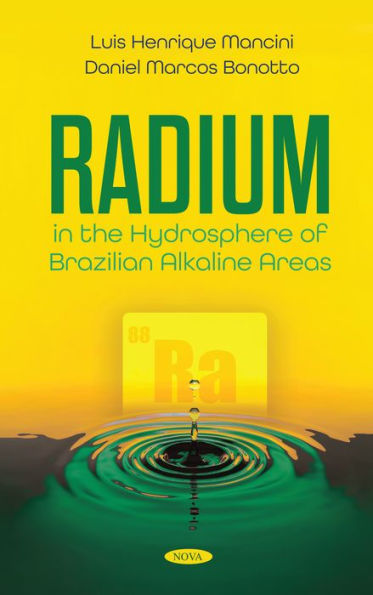
Radium in the Hydrosphere of Brazilian Alkaline Areas in Bloomington, MN
Current price: $160.00
Loading Inventory...
Size: OS
Radium is a radioactive element and the heaviest in the group of alkaline earth metals, with geochemical characteristics that are very similar to those of barium and calcium. In the environment, its chemical properties are controlled by ion exchange and adsorption processes, mechanisms that control the rate of radium transport in surface waters, groundwaters and soil systems. There are four natural isotopes of radium:
226
Ra (half-life = 1,622 years, alpha particle emitter, member of the
238
U decay series);
223
Ra (half-life = 11.4 days, alpha particle emitter, member of the
235
228
Ra (half-life = 6.7 years, beta particle emitter, member of the
232
Th decay series);
224
Ra (half-life = 3.6 days, alpha particle emitter, member of the
Th decay series). The dominant mineralogical characteristics of the rocks in the drainage basins and aquifers strata considerably influence the presence of these radium isotopes in the waters. Thus, the geological characteristics of the drainage basins and aquifers, physico-chemical properties and hydrological conditions are factors affecting the radiological quality of the surface waters and groundwaters. The radium isotopes usually monitored in waters for the purpose of assessing their radiological quality are
Ra and
Ra due to their longer half-life. The limits recommended by the Brazilian and World Health Organization legislations for the intake of
Ra in drinking water are 1 Bq/L (=1000 mB/L) and 0.1 Bq/L (=100 mBq/L), respectively. Analyses of most natural waters have shown that
Ra are present at very low activities, usually lower than the guideline reference values. However, some rock types in fractured aquifers contain relatively high concentrations of uranium and thorium, such as granites and alkaline rocks that can contribute to the release of enhanced radium levels into the waters. Additionally to these geogenic factors, anthropogenic activities such as ores mining, fertilizer production and electricity generation by nuclear power plants may also increase the presence of radium in the water resources. This book reports a relevant
Ra dataset in waters and bottom sediments occurring at two alkaline geological domains of Minas Gerais State, southeast Brazil.
226
Ra (half-life = 1,622 years, alpha particle emitter, member of the
238
U decay series);
223
Ra (half-life = 11.4 days, alpha particle emitter, member of the
235
228
Ra (half-life = 6.7 years, beta particle emitter, member of the
232
Th decay series);
224
Ra (half-life = 3.6 days, alpha particle emitter, member of the
Th decay series). The dominant mineralogical characteristics of the rocks in the drainage basins and aquifers strata considerably influence the presence of these radium isotopes in the waters. Thus, the geological characteristics of the drainage basins and aquifers, physico-chemical properties and hydrological conditions are factors affecting the radiological quality of the surface waters and groundwaters. The radium isotopes usually monitored in waters for the purpose of assessing their radiological quality are
Ra and
Ra due to their longer half-life. The limits recommended by the Brazilian and World Health Organization legislations for the intake of
Ra in drinking water are 1 Bq/L (=1000 mB/L) and 0.1 Bq/L (=100 mBq/L), respectively. Analyses of most natural waters have shown that
Ra are present at very low activities, usually lower than the guideline reference values. However, some rock types in fractured aquifers contain relatively high concentrations of uranium and thorium, such as granites and alkaline rocks that can contribute to the release of enhanced radium levels into the waters. Additionally to these geogenic factors, anthropogenic activities such as ores mining, fertilizer production and electricity generation by nuclear power plants may also increase the presence of radium in the water resources. This book reports a relevant
Ra dataset in waters and bottom sediments occurring at two alkaline geological domains of Minas Gerais State, southeast Brazil.
Radium is a radioactive element and the heaviest in the group of alkaline earth metals, with geochemical characteristics that are very similar to those of barium and calcium. In the environment, its chemical properties are controlled by ion exchange and adsorption processes, mechanisms that control the rate of radium transport in surface waters, groundwaters and soil systems. There are four natural isotopes of radium:
226
Ra (half-life = 1,622 years, alpha particle emitter, member of the
238
U decay series);
223
Ra (half-life = 11.4 days, alpha particle emitter, member of the
235
228
Ra (half-life = 6.7 years, beta particle emitter, member of the
232
Th decay series);
224
Ra (half-life = 3.6 days, alpha particle emitter, member of the
Th decay series). The dominant mineralogical characteristics of the rocks in the drainage basins and aquifers strata considerably influence the presence of these radium isotopes in the waters. Thus, the geological characteristics of the drainage basins and aquifers, physico-chemical properties and hydrological conditions are factors affecting the radiological quality of the surface waters and groundwaters. The radium isotopes usually monitored in waters for the purpose of assessing their radiological quality are
Ra and
Ra due to their longer half-life. The limits recommended by the Brazilian and World Health Organization legislations for the intake of
Ra in drinking water are 1 Bq/L (=1000 mB/L) and 0.1 Bq/L (=100 mBq/L), respectively. Analyses of most natural waters have shown that
Ra are present at very low activities, usually lower than the guideline reference values. However, some rock types in fractured aquifers contain relatively high concentrations of uranium and thorium, such as granites and alkaline rocks that can contribute to the release of enhanced radium levels into the waters. Additionally to these geogenic factors, anthropogenic activities such as ores mining, fertilizer production and electricity generation by nuclear power plants may also increase the presence of radium in the water resources. This book reports a relevant
Ra dataset in waters and bottom sediments occurring at two alkaline geological domains of Minas Gerais State, southeast Brazil.
226
Ra (half-life = 1,622 years, alpha particle emitter, member of the
238
U decay series);
223
Ra (half-life = 11.4 days, alpha particle emitter, member of the
235
228
Ra (half-life = 6.7 years, beta particle emitter, member of the
232
Th decay series);
224
Ra (half-life = 3.6 days, alpha particle emitter, member of the
Th decay series). The dominant mineralogical characteristics of the rocks in the drainage basins and aquifers strata considerably influence the presence of these radium isotopes in the waters. Thus, the geological characteristics of the drainage basins and aquifers, physico-chemical properties and hydrological conditions are factors affecting the radiological quality of the surface waters and groundwaters. The radium isotopes usually monitored in waters for the purpose of assessing their radiological quality are
Ra and
Ra due to their longer half-life. The limits recommended by the Brazilian and World Health Organization legislations for the intake of
Ra in drinking water are 1 Bq/L (=1000 mB/L) and 0.1 Bq/L (=100 mBq/L), respectively. Analyses of most natural waters have shown that
Ra are present at very low activities, usually lower than the guideline reference values. However, some rock types in fractured aquifers contain relatively high concentrations of uranium and thorium, such as granites and alkaline rocks that can contribute to the release of enhanced radium levels into the waters. Additionally to these geogenic factors, anthropogenic activities such as ores mining, fertilizer production and electricity generation by nuclear power plants may also increase the presence of radium in the water resources. This book reports a relevant
Ra dataset in waters and bottom sediments occurring at two alkaline geological domains of Minas Gerais State, southeast Brazil.


